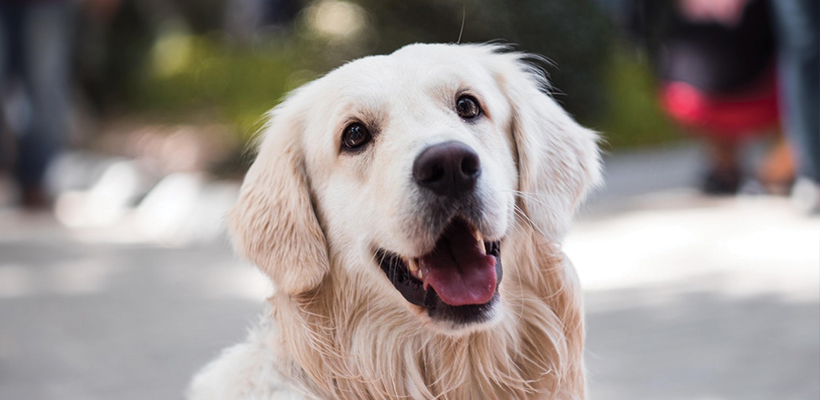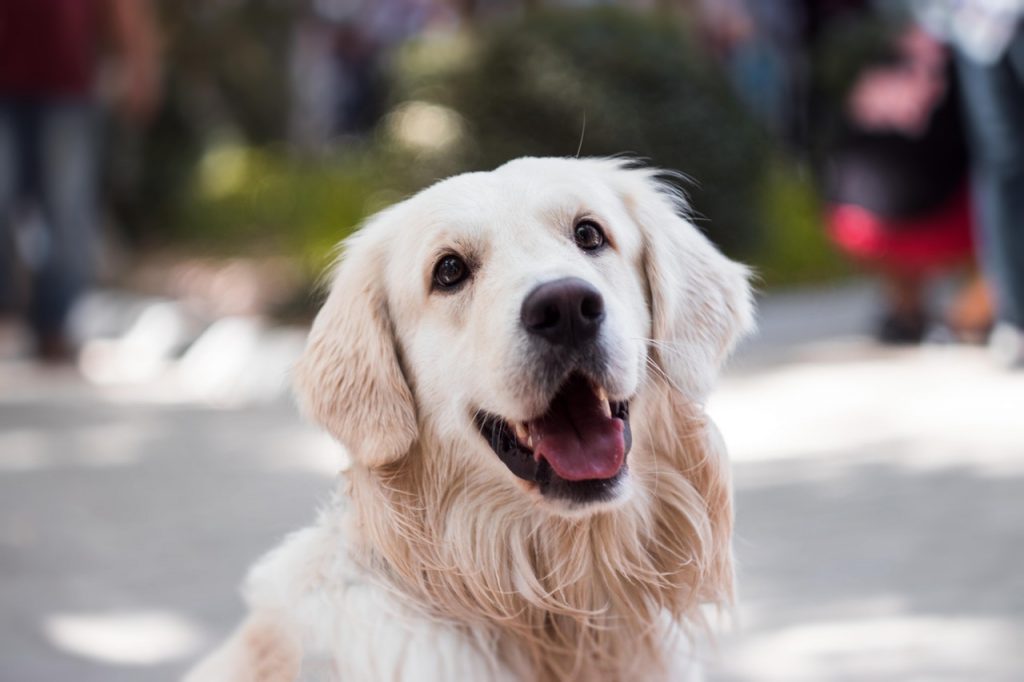
This article is contributed by guest writer, Steffan Kasula.
An Endless Sea Of Fur
If you’re a proud pup owner, you know that not all dogs are created equal. While they’re all angels deserving of our love and care, they have specific needs — especially when it comes to their coats. From the furriest little monsters to those that need their own winter coats when the temperature starts to dip, tackling the annual shedding season can be quite the hassle. Let’s take a look at a few tips and tricks that can help you — and your pup! — during this fur- and hair-covered time.

Photo Credit: Svetozar Milashevich via Pexels
Choose The Right Brush
The best way to keep up with your dog’s follicular fallout is to brush them early and often. However, you can’t simply head to your nearest dollar store and buy a brush meant for humans; because dog hair varies so much (long, short, thick, thin — not to mention the fact that some dogs shed much more than others), you’ll want to make sure you have the right tool for their unique needs.
Long-haired pups can benefit from a shedding rake or comb; this will help remove their dense undercoat without damaging the outer coat. As for short-haired pups, you’ll want to use a stiff bristle brush and a slick brush; the bristle brush dislodges the fur, and the slick brush collects and removes it from the coat.
Groom, Groom, And Groom Some More
Now that you have the proper equipment, it’s time to get to work! Brushing should occur on a daily basis; if you’re able to remove that excess fur before it falls, you won’t notice nearly as many fluffballs rolling around your home and sticking to your clothes and furniture. Because coats typically experience new growth every two weeks, grooming schedules should be on a four, six, or eight-week rotation.
If you’re worried about tending to a pup that positively loathes grooming, tire them out first; run around outside, take them for a long walk, or play with their favorite toy until they’re so happy and exhausted that they’ll hardly notice you’re leading them toward the bath.

Photo Credit: eminens via Pixabay
Feed The Fur
Just as our diet influences the health of our hair, skin, and nails (as well as our overall physical health), the food your pup eats has an impact on their coat. Essential fatty acids are, well, essential; if your dog eats a very low-fat diet, they can develop coarse, dry hair and skin lesions that can become prone to infection. By incorporating Omega-6 and Omega-3 supplements into Fido’s food, you can ensure his fur growth is healthy and shiny.
Shedding season isn’t enjoyable (especially if you’re allergic to pet dander), but it can certainly be managed. By committing to routine brushing and grooming sessions, your pup will be able to tolerate the increased temperature and be able to spend a little extra time with you. As long as you pay attention to the above tips, both you and your pup will be able to relish the heat of that summer sunshine.
